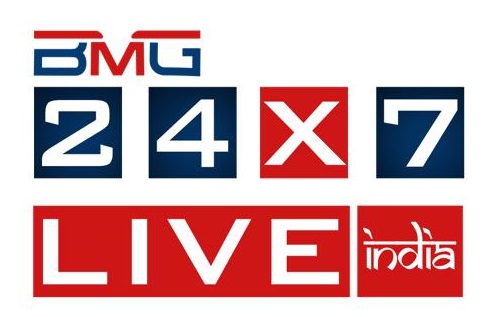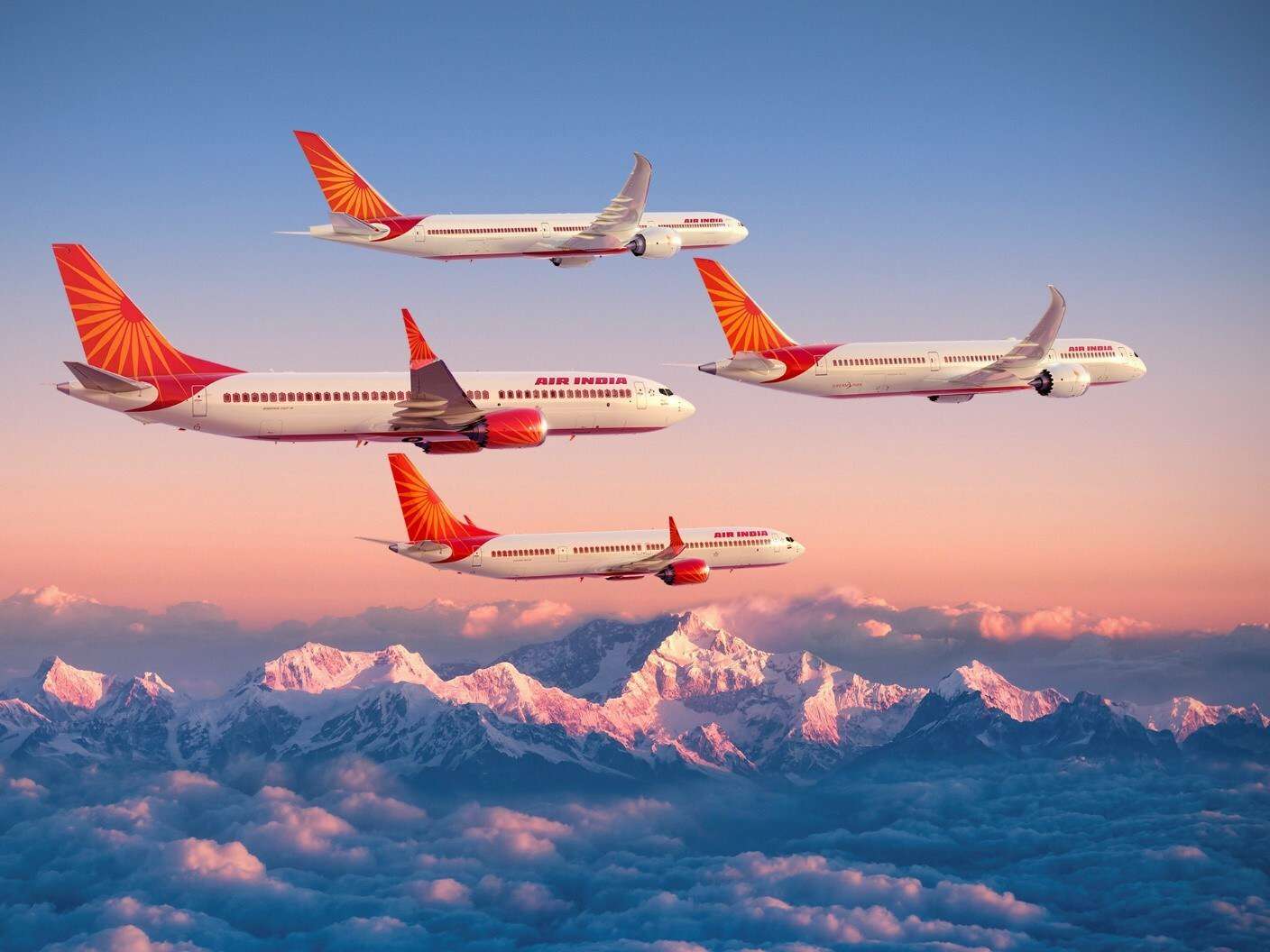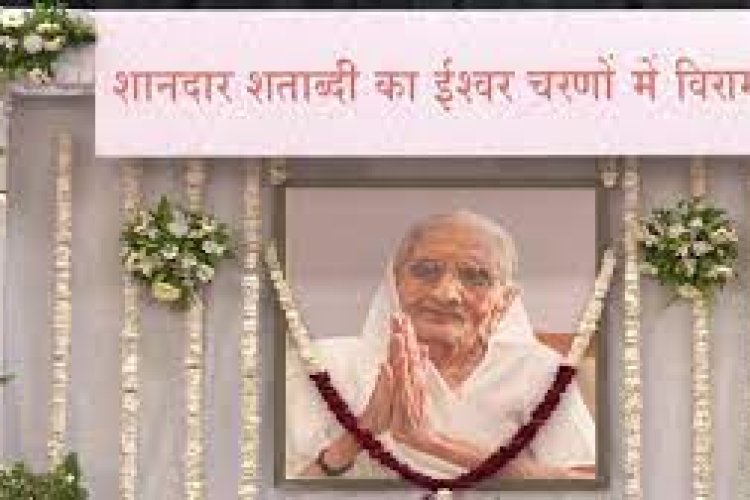A Reuters review of more than 2,000 court cases shows how Russia uses facial recognition to identify and sweep up the Kremlin's opponents.

Andrey Chernyshov had just entered a Moscow metro station on his way to an anti-war protest last May, when police officers stopped him, informed him he was on a wanted list and, without further explanation, escorted him to a police office inside the station.
There officers told the 51-year-old bank employee that the metro’s facial recognition system had flagged him for detention because of his political activism. A little over a week earlier Chernyshov stood alone by a fountain in central Moscow’s Pushkin Square and held up a home-made poster that said “Peace to Ukraine,” “No War” and “Freedom for Russia.”
Released without charge after a few hours, Chernyshov was detained again later the same day as he travelled home. This time he was questioned about his views on the war in Ukraine and President Vladimir Putin. A man in plain clothes identified himself as an official from Russia’s Centre for Combating Extremism, known by Russians as Centre E, and advised Chernyshov to refrain from joining future demonstrations because he had a young child to care for.“I took his words as a threat,” said Chernyshov, who has a 5-year-old son.Chernyshov spent seven hours with police that day.And that wasn’t the end of it. Police detained Chernyshov again in the metro in June, August and September, and they twice visited his home to warn him against protesting. In June, he had defied authorities by handing out badges to passers-by that read “No to War” and “Russia will be free.”Russian authorities did not respond to questions from Reuters about Chernyshov’s brushes with law enforcement.It’s no secret that the Russian government uses facial recognition to keep an eye on citizens. In 2017, the city of Moscow announced the launch of one of the world’s largest facial recognition video surveillance networks. In a news release at the time, Moscow’s Department of Information Technologies said 160,000 cameras across the city - more than 3,000 of them connected to the facial recognition system - would help law enforcement.Now a Reuters review of more than 2,000 court cases shows these cameras have played an important role in the arrests of hundreds of protesters. Most of these people were detained in 2021 after they joined anti-government demonstrations, court records show. But after Russia invaded Ukraine in February 2022, authorities began using facial recognition to prevent people from protesting in the first place, according to interviews with more than two dozen detainees and information gathered by a Russian monitoring group. Facial recognition is now helping police to identify and sweep up the Kremlin’s opponents as a preventive measure, whenever they choose.

















